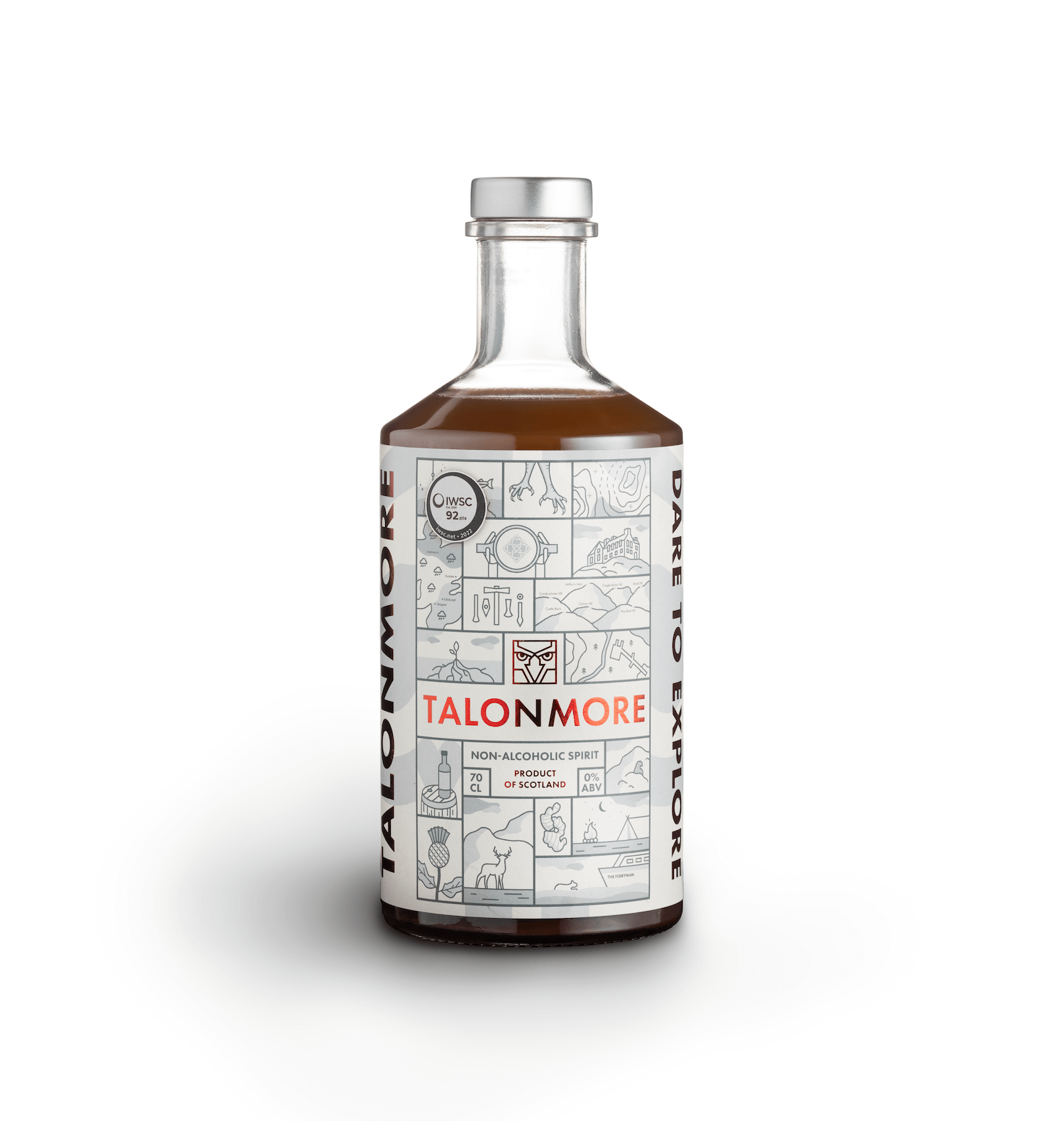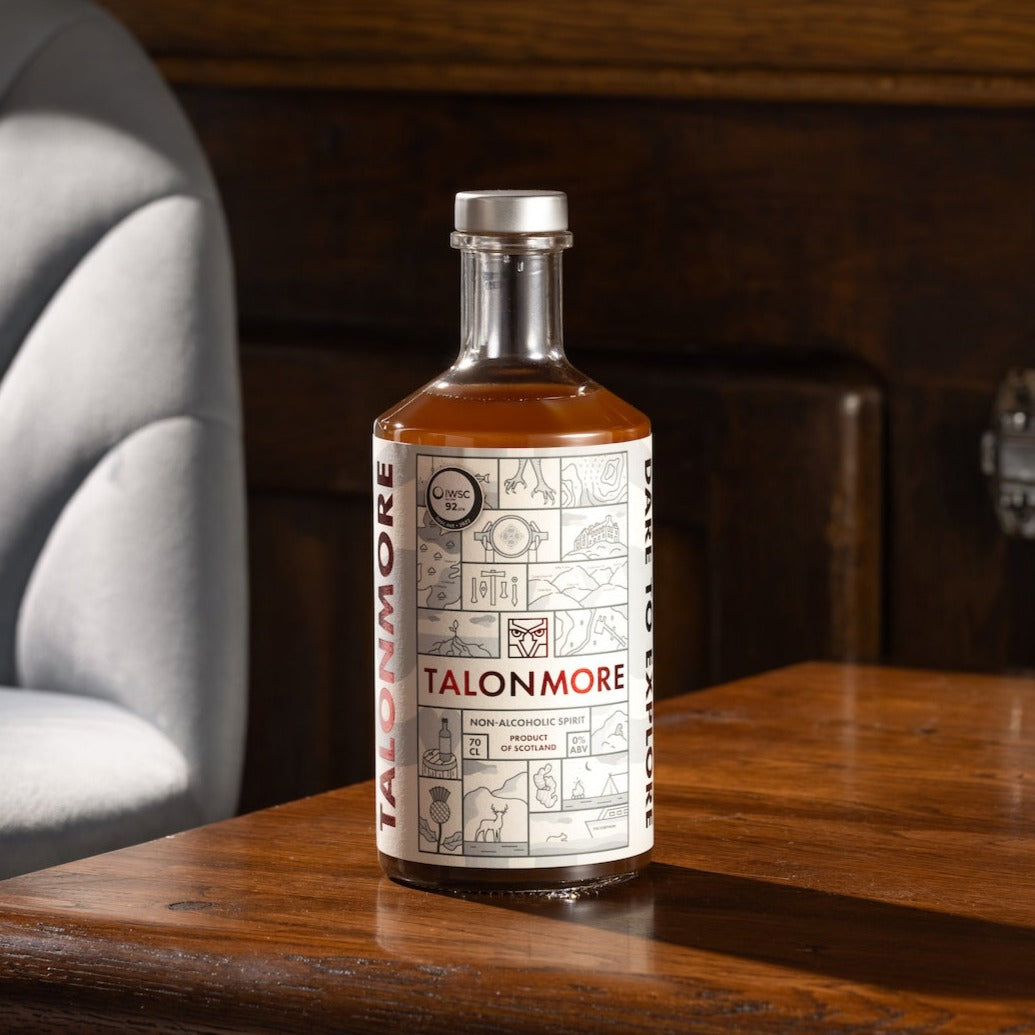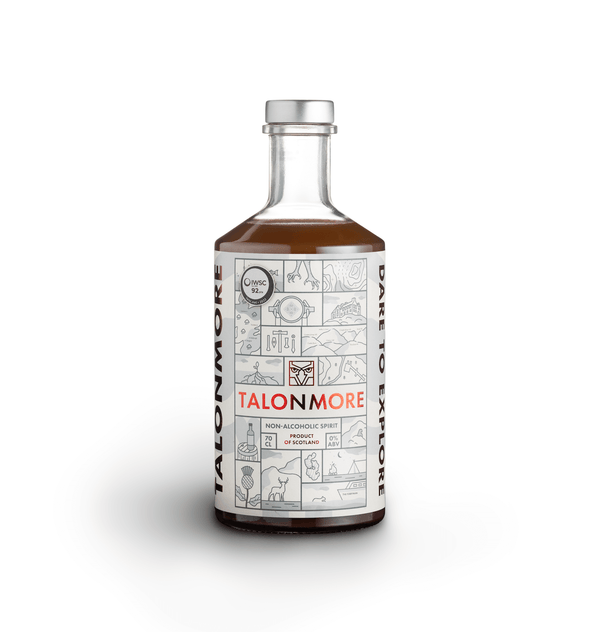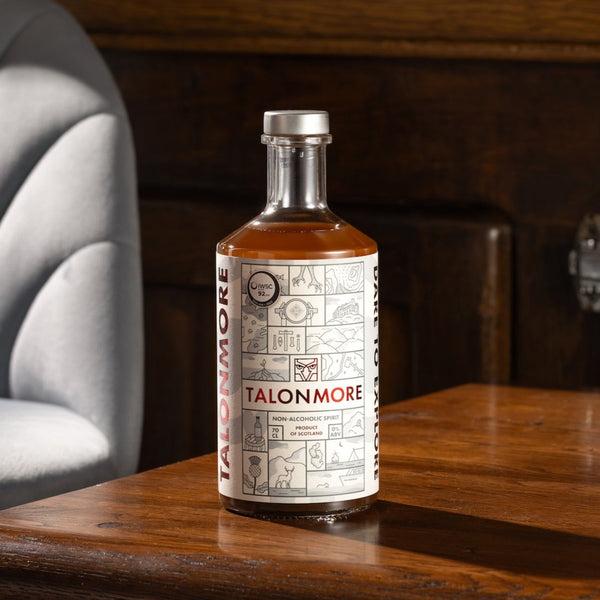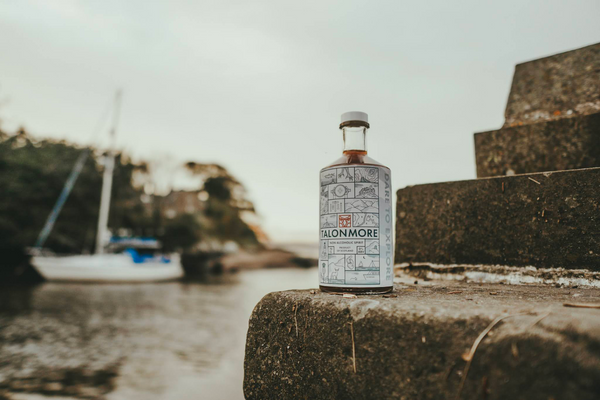
Cramond
Cramond, Edinburgh
We spent a number of years living in the village of Cramond in Edinburgh. Located at the mouth of the River Almond where it enters the Firth of Forth it has a long history, with evidence of Mesolithic, Bronze Age and Roman activity.According to Wikipedia and the National Museum of Scotland, in Roman times a natural harbour is likely to have existed beside the fort at Cramond on the River Almond. The fort was established around AD 140 during the building of the Antonine Wall, which is now known as the central belt of Scotland and remained in use until around AD 170 when the Romans retreated south to Hadrian’s Wall. When the Roman Emperor began the last major Roman movement into Scotland from AD 205 to 214, the fort was reoccupied and enlarged. Throughout these periods of occupation a civilian settlement seems to have existed outside the fort and building remains are still visible today beside Cramond Kirk including a bath house, granary storehouse and barracks.
The Cramond Lioness
In 1997, a local ferryman unearthed a sandstone sculpture from the mud at the mouth of the River Almond, Cramond, Edinburgh. It turned out to be one of the most important Roman finds in decades.The imposing stone monument depicts a bound male prisoner being killed by a lioness. The upper torso and head of the prisoner are shown, with the giant lioness behind him, sinking her teeth into his skull.
The work is interpreted as a Roman sculpture imported to Scotland to serve as part of the tomb of a Roman military commander or dignitary, and connected to the nearby Cramond Roman Fort.
The sculpture is on display in Early People, Level -1 at the National Museum of Scotland.
Eagle Rock
Eagle Rock is a carving in the natural rock face thought to represent an eagle. The proximity to the Roman camp at Cramond, Edinburgh has led some historians to suggest that the carving was made by Roman soldiers between AD 140 and the early AD 200s.
The sculpture, bearing some resemblance to the figure of an eagle, stands upright, with its back to the rock, above the foreshore is over 3 feet tall and 2.5 feet wide at the base. The carving itself stands out over 4 inches which is now severely weather-worn and may therefore explain why the remaining faint outline now lacks actual identification.
The rich history of Cramond, coupled with the prominence and strength of the eagle, inspired our unique company name and influenced the overall branding of Talonmore.


